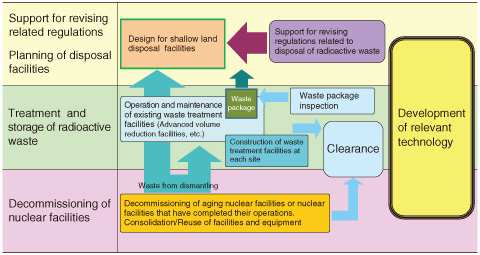
Fig.10-1 Outline of measures for decommissioning and radioactive waste treatment/disposal
Safe and efficient decommissioning of nuclear facilities and radioactive waste treatment/disposal are two of our major missions in advancing our research and development (R&D) activities. In these missions, we will be disposing of radioactive waste generated not only by our research activities but also by universities, institutes, industrial facilities, and other sites.
We are setting up systems for the decommissioning of nuclear facilities and for managing radioactive waste, and also developing the related technology (Fig.10-1).
Moreover, we are studying the application of our R&D products to deal with the accident at the Tokyo Electric Power Company, Incorporated Fukushima Daiichi Nuclear Power Station.
R&D for Waste Treatment
In radioactive waste processing and disposal, it is important to reduce the expense and to improve the safety of disposal. Liquid waste, including low-level radioactive materials resulting from reprocessing of spent nuclear fuel, is stored by the Japan Atomic Energy Agency and includes large amounts of nitrate salts. Some liquid wastes are solidified with cement, and the solidified cement form is disposed of in an underground facility. Because nitrate salts are harmful to human health, the total concentration of nitrate and nitrite in environmental water and drinking water is required to be less than a standard value. A superior catalyst showing such properties as a high nitrate decomposition rate, decomposition of all nitrate ions, little by-product generation, and high durability should be developed.
The catalyst we are developing was mixed in a sodium nitrate solution, and the mixture was stirred and maintained at a set temperature. We could decompose almost all the nitrate ions by slowly delivering hydradine monohydrate as a reductant dropwise into the mixture (Topic 10-1).
R&D for Waste Disposal
The radioactivity in low-level radioactive wastes generated during decommissioning of nuclear facilities should be identified in order to dispose of the wastes.
The applicability of a capillary electrophoresis-laser-induced fluorescent detection method (CE-LIF) in the development of a rapid analytical method for actinides in radioactive wastes was studied. In this study, several types of emissive probes with different chelating moieties were synthesized and applied to CE-LIF. As a result, an acyclic hexadentate probe achieved successful detection and separation of americium and neptunium (Topic 10-2).